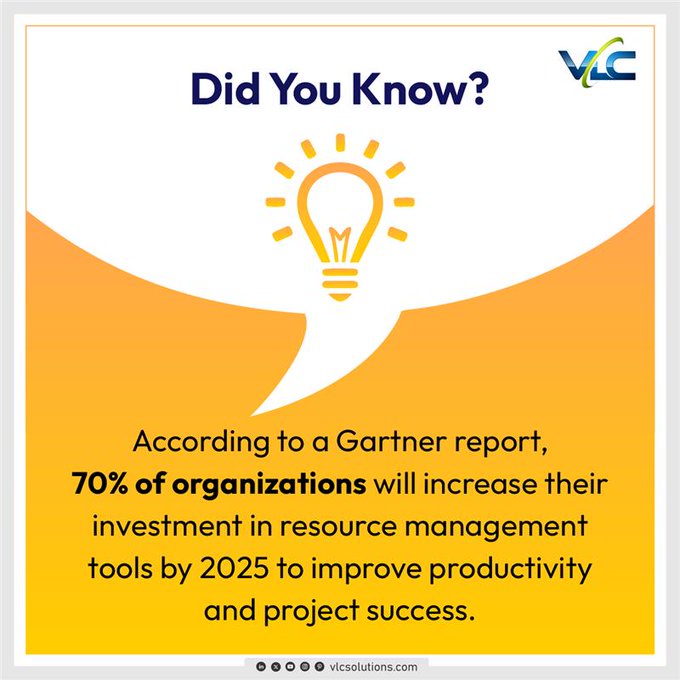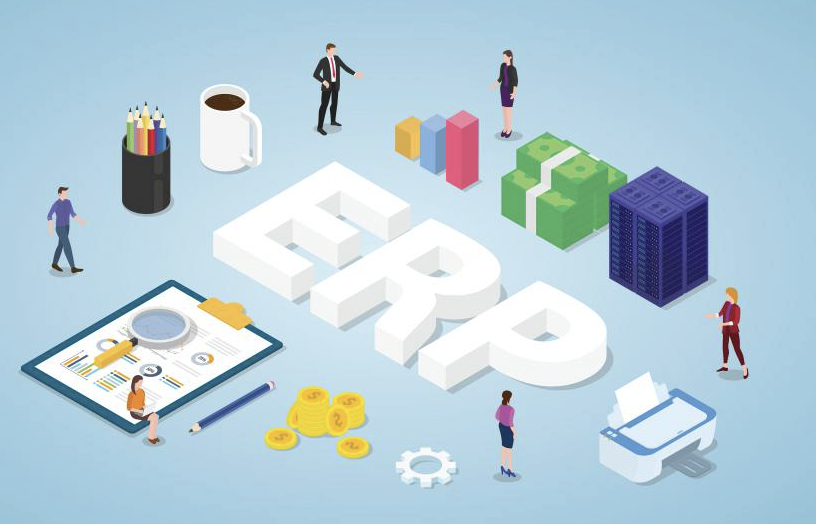→ Resource Planning : A Strategic Approach for Modern Businesses
What is Resource Planning?
Resource planning is the allocation and management of an organisation’s resources according to its needs and a specific time frame. Project management refers to the ability to identify, plan, and allocate resources (people, technology, finances, materials, etc.) to tasks and projects so they reach a successful conclusion as expeditiously as possible and with optimal productivity and minimum waste.
Why is Resource Planning Critical?
Optimized Resource Utilization: Guarantees the most effective use of every resource available.
Cost Efficiency: Helps businesses save on unnecessary costs and prevent resource bottlenecks.
Improved Project Delivery: Projects can be completed on time and under budget.
Risk Management: Predicts potential resources shortfalls or over-allocations
Scalability: Allows businesses to scale sensibly
Essentials of Resource Planning
Human Resources
Proper workforce management ensures the most suitable people are given the right tasks to answer to. The use of workforce management software, for example, can assist in deploying employees according to their skill sets, availability, and workload.
Tip: Update skills databases periodically to assign and allocate personnel appropriately.
Financial Resources
Budgeting and Financial Planning Budget Planning and Financial Forecasting are essential to sustaining projects and operations. Resource planning allows you to track costs, monitor financial performance, and adjust budgets in real-time.
Practice Tip: Work with smart/cloud financial software that can help screen and forecast all costs.
The Physical and Technological Resources
Whether from office space to specialised machinery and IT infrastructure, ensuring all resources are readily available and in good working order is business-critical.
Tip: Schedule frequent maintenance and audits of your equipment.
Time Management

Time is one of the most undervalued assets we have. Resource planning helps you set realistic deadlines and monitor progress so you can stay on track.
Best Practice: Utilize project management tools such as Trello or Asana to keep track of tasks and deadlines.
Tools and Software for Resource Planning
Technology has transformed resource planning. Modern tools have features like real-time analytics, forecasting, and automated scheduling. This could be followed by a list of popular resource selecting tools.
• ERP (Enterprise Resource Planning) SAP
•Microsoft Project
•Monday.com
•Wrike
•Smartsheet
With the help of these tools, businesses make decisions based on data, therefore, minimize the manual errors.
Common resource planning challenges
Though critical, resource planning can also be tricky, such as:
Unreliable Forecasting: If the data used is of poor quality, then the forecast may become faulty.
Over-Reliance on Resources — Too much dependence on specific people or equipment.
Communication Mistakes: Its know don’t match between teams and departments.
Fluctuating Market conditions: Unanticipated market disorptions or other events causing disruption of devising plans
Solution: Businesses should be flexible and adopt the agile resource planning methodologies for unexpected changes.
We are teaching you on the material until October 2023
AI-based analytics & automation will rule the future of resource planning. Some advanced tools are even able to predict future resource needs and recommend optimal allocation strategies. Also, the increase of remote and hybrid work models continues to influence how companies approach human-resource planning.
Quoted as: Sustainability via Resource Planning
The UK is committed to net-zero emissions, prompting businesses to also adopt green resource planning for cleaner production practices and other initiatives.
Ganttic: With an emphasis on flexibility, Ganttic provides a clear interface for managing any type of resource. It features drag-and-drop scheduling and a visual overview of resource allocation, which makes it easier to identify overworked or underused resources.
Kantata — A complete suite of integrated modules including project management, accounting, and resource management. It has rave reviews for real-time utilization insights at the project and task level and for forecasting, capacity management and scenario planning features.
Runn: Runn offers a user-friendly interface for high-level resource planning, centering around project rather than task allocation. It’s useful for businesses who need to see team utilization and the financial aspects of a project, without getting bogged down in minutiae.
Float: Hailed as one of the most user-friendly tools, Float has carved out a niche for resource scheduling and capacity planning. It’s especially known for its visual project management features that allow teams to balance workloads and prevent burnout.
Scoro: Scoro combines resource planning with project, time and billing management. It also has a resource planner with a calendar view for easy task assignment and workload balancing. Its comprehensive reporting and forecasting tools encode optimal resource utilization.
Hub Planner — It is the best time management tool where you can set detailed resource scheduling, capacity planning, and skills matching. It’s also nice for its built-in time tracking that allows for actual vs. scheduled time comparisons for more performance insights.
Toggl Plan: A straightforward yet powerful resource management tool, Toggl Plan uses a timeline view to assign tasks and distribute workloads visually via a drag-and-drop interface. It is ideal for teams that want simple planning with no complicated dependencies.
Project Manager. com: This tool focuses on monitoring the allocation of resources through real-time dashboard reporting, offering Gantt charts, workload views, and time tracking so that both human and material resources can be managed appropriately.


